Shutter Speed
Shutter speed, along with aperture and ISO, is part of the exposure triangle. Shutter speeds are almost always written in seconds or fractions of a second.
There are a few main types of shutters, which are covered in the shutter section. They all function slightly differently but their main goal is to control the length of time light is falling on the sensor, film, or recording medium.
Just like learning to control the aperture is part of the photographic process, learning how shutter speed impacts your photos is equally important.
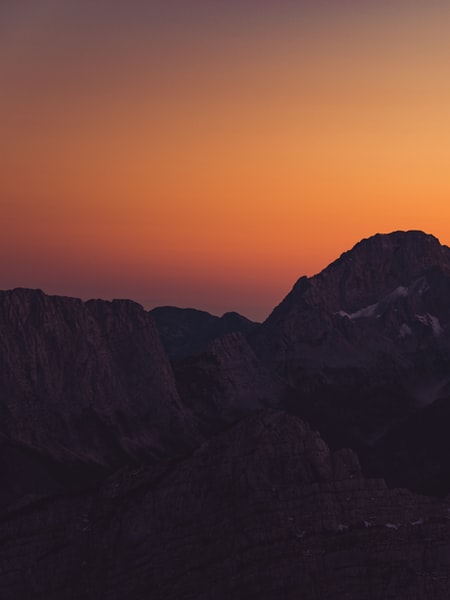
Heading
Description
Description
Description
Shutter Speeds Help Control Motion
Shutter speeds control how much motion blur is present in a photo. Motion blur comes in two different varieties. Camera shake is accidental motion blur caused by the person holding the camera at a slow speed. Intentional blur is when you decide to use settings that either impart blur into the photo or freeze motion; it’s purposeful.
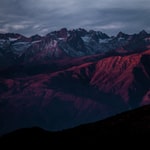
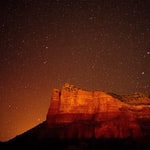

Camera Shake
Camera shake is a fairly easy problem to solve. In order to remove camera shake, increase the shutter speed and compensate by changing your ISO or aperture. A good rule of thumb is to follow the 1/focal length rule. That means that, usually, as long as you are shooting faster than whatever your focal length is, your photo will be acceptably blur free. As an example, if I am using a 200mm lens, I would try to avoid shooting under 1/200th of a second while hand holding.
Newer lenses and bodies may have stabilization aids built into them. From what I have seen, they always measure the effectiveness of the stabilization in terms of stops. That means that you can shoot hand-held at however many stops the images stabilization is rated for. For example, a 300mm lens with two stops of stabilization should be able to be hand-held down to 1/80th of a second. (In practice, I have not found this to be true on larger lenses which are excessively heavy.)
Some manufacturers claim that using a lens with image stabilization on a body with sensor stabilization allows you to stack the stabilization. So, a Nikon lens with two stops of stabilization mounted on a camera with three stops of stabilization abilities could theoretically give you five stops of stabilization. That would mean that same 300mm lens with two stops of stabilization would be able to be hand held at 1/10th of a second! (Again, I doubt the effectiveness in longer or heavier lenses)
Another way to avoid camera shake is to use a monopod or tripod when shooting at slow speeds. Tripods are usually more stable than monopods. Quality tripods are usually rated in weight. Generally, buying a tripod that can support twice the weight of your camera will provide you with the sturdiness that you need in the max taxing situations.
Intentional Blur
Learning to control blur will give you another tool to create impactful images throughout your photographic career. “Controlling” in this sense does not mean to freeze all the action all the time but rather learning techniques to freeze motion or blur objects and people. Knowing when to use a method is dependent on the look that you are trying to achieve.
We will be covering three major areas of motion blur in class. The first is long-exposure blur where the shutter is open excessively long, allowing an object’s motion to be appear as blurry. The second is frozen motion where an object appears frozen in time. The third is zoom blur which will give an object the appearance of exploding into view.
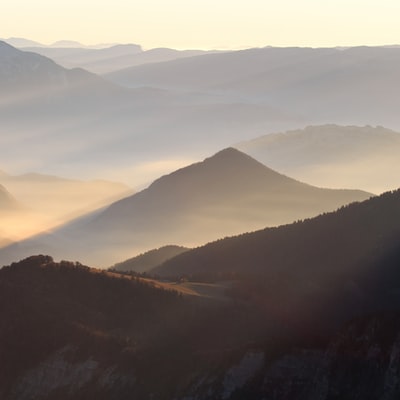
Long Exposure
Long exposures happen when the shutter is open long enough to capture some sort of motion caused blur. It could be a multiple minute long exposure meant to catch clouds streaking across the sky. Most firework photos are taken with five to 30 seconds of exposure. Or, maybe you’re trying to show the motion of dirt flying off a rally car and “slow” your shutter speed down to 1/250th.
Long shutter speeds can also be used to pan along with the subject. Doing this will blur the background of the image while isolating the movement of the subject.
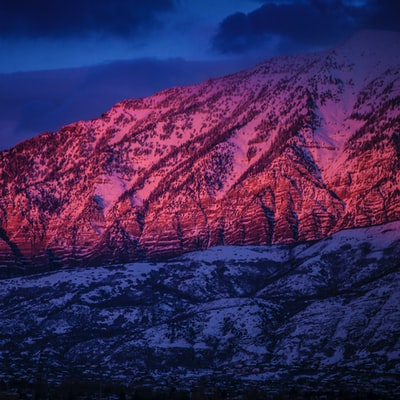

Frozen Motion
Frozen motion is caused by having a sufficiently fast enough shutter speed to prevent blur from being recorded.
In all instances involving a mechanical shutter, the faster the object is moving, the faster your shutter speed will need to be in order to create photos which have no blur. In other words, it will take a faster shutter speed to stop the motion of a hummingbird’s wings than a manatee swimming.
Also, in general, the farther away an object is, the slower the shutter speed can be in order to stop the motion (this assumes that all other things are being held constant). This is due to the angular distance needed to travel in order to produce visible motion blue. So, pretend that I am photographing two identical planes at the same time, one of which is a mile away, the other of which is two miles away. The plane closest to me will travel a longer angular distance than the farther plane so I would need a faster shutter speed to stop its motion than I would for the farther plane. (see illustration)


Zoom Blur
Zoom blur occurs when you change the focal length of the lens (zoom in or out) while the shutter is open. Your shutter speed must be slow enough to allow you time to operate the zoom ring in order to utilize this technique.
Focus racking is a slightly different technique than zoom blur but the concept is the same. Your shutter speed just has to be slow enough to rotate the focus ring. This technique is frequently used during firework shows or at night while photographing bright cityscapes.
